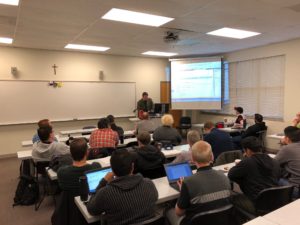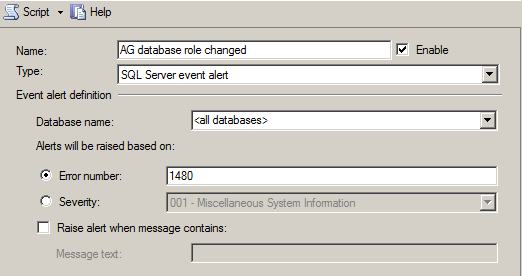Procure SQL is proud to announce that Jay Falck has joined our team! Jay brings a wealth of knowledge, wisdom, experience, and levity to our group.
How it all started.
Jay’s love of all things computer started his sophomore year in high school when a friend of his chemistry teacher loaned them a computer for a week. Jay was so taken, he ended up walking home from school around 7:00 PM that night! Over the next two years, a teacher, using his own money, bought a computer kit and did training before and after school as the school didn’t have a computer science class. For those two years, Jay’s team won first place in a programming contest at Southwest Texas State for schools from Waco to San Antonio. He decided then he was destined to do something computer related with his life.
A very impressive list of experience!
While in high school, Jay worked as a night shift operator at the textile mill in New Braunfels, Texas, where he got to dabble in FORTRAN and COBOL troubleshooting. As a freshman at UT, he worked for an Animal Science researcher maintaining and running a huge FORTRAN program that performed radioimmunoassay analysis. At San Antonio College, Jay worked in the research lab at the Audie Murphy VA Hospital. Here he did everything from computer operator to DG BASIC and FORTRAN programming for the research doctors. After graduation, he moved to Austin and went to work for a small firm selling account software and hardware. (This was his first exposure to rudimentary database systems.)
Eventually he moved to state government as an application developer working with VSAM and Model204 database systems. After 2 years he got the opportunity to do what he really wanted to do, Operating Systems programming! He spent the next 14 years of state employment as a mainframe system programmer. This lead to his two biggest passions in IT: performance and security.
Jay’s passion for healthcare IT.
In 1996, when the Clinton Administration was moving forward with HIPAA, Jay was invited to join a company that was moving into healthcare. At this time he didn’t know anything about healthcare IT but neither did they, so he went along for the ride. At this point Jay added healthcare IT to his passion list. He spent the next 20 years doing programming, system administration, and database administration for Unix/Linux and Windows based systems. This included Informix, Universe, Oracle and SQL Server databases. During this time he was VP of the CSC Healthcare User Group and the CIO of a small health insurance company in Lexington, KY.
SQL Server experience.
Jay’s two passions in IT are making things go faster and security. His experience with SQL Server includes years of improving query performance, indexing, data extraction and transfer, and security. Through the years, he has had the opportunity to see first-hand how important security is to the data world. He is looking forward to bringing his understanding of security policy to the database admin role and becoming proficient in applying policy to procedure.
Jay holds many certifications.
Fast forward to today and Jay maintains an impressive list of certifications related to his passion areas: CISSP (Certified Information Systems Security Professional) and HCISPP (Healthcare Information Security and Privacy Practitioner) from ISC2, and CCSA (Certified Cyber Security Architect, a HIPAA centric certification that replaced the CHSS (Certified HIPAA Security Specialist) and CSCS (Certified Security Compliance Specialist). He is currently studying to add Microsoft Certification for SQL Server and ISC2 CCSP (Certified Cloud Security Professional).
What he brings to the table.
Not only does Jay bring his vast experience and knowledge, he brings a love of movies and the Texas Longhorns. He’s always armed with a zinger and great story as well! Jay is always ready to learn new things as well as teach what he knows. We are very thankful to have Jay and cannot wait to share his knowledge and humor with our clients!









